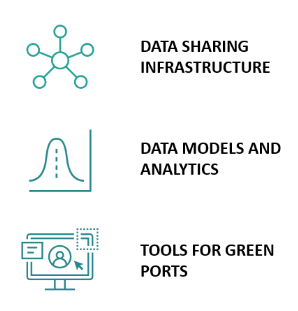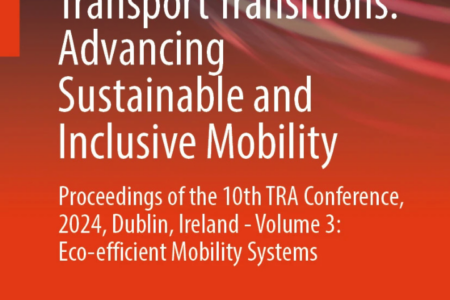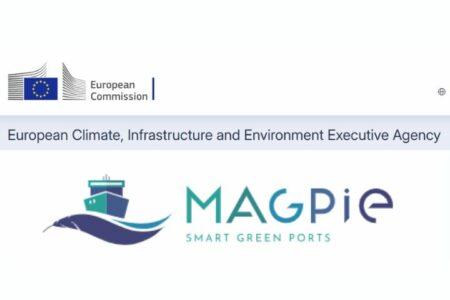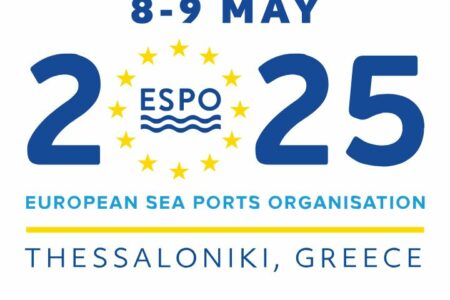You may know that the MAGPIE project includes some digital tools, and that more generally ports tend to develop more and more “smart” apps or technologies. For MAGPIE, this is a key element. The digital tools developed under the coordination of INESC-TEC (Portugal) will serve to make ports greener by measuring GHG emissions across the transport supply chain, provide port managers with decision support tools and improve their operational and tactical planning. In MAGPIE, digital tools are materialized at 3 levels: firstly, data sharing infrastructure, secondly, data models and analytics (which is not possible without the preceding!), and finally what we call “tools for green ports”. Our colleagues have been busy to establish the foundations of this work with an ontology, that is to say a common and shared vocabulary, which will facilitate the exchange of data between port operators. They have worked a lot on other key aspects such as integrity and trust. Today they are able to say that progress has been registered in the data analytics and models, for example with a terminal simulator which has been presented back in September 2023, during the MAGPIE workshop in Le Havre (France). Other very concrete tools can have a true impact in the daily life of European citizens, for example the tool which can map emissions from truck traffic in ports. Keep following our MAGPIE newsletter to learn more about the progress of our digital tools!
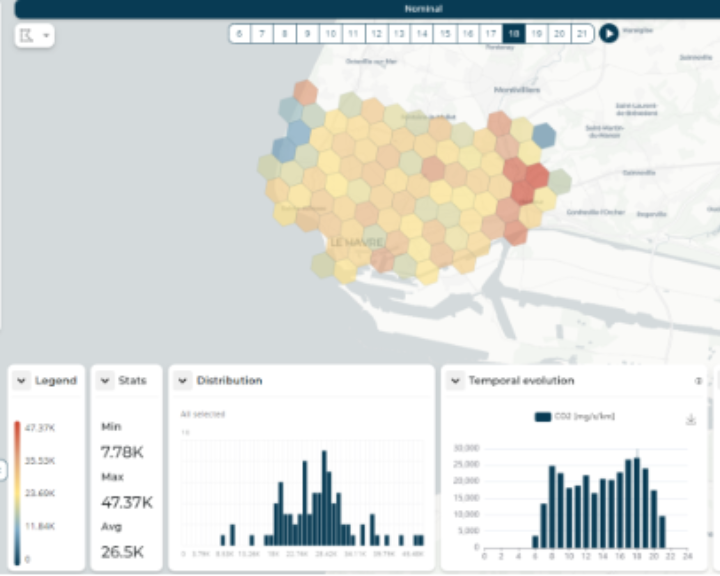
Mapping emissions from truck activities in port: screenshot from the software, September 2023, with the case of Le Havre (France)
